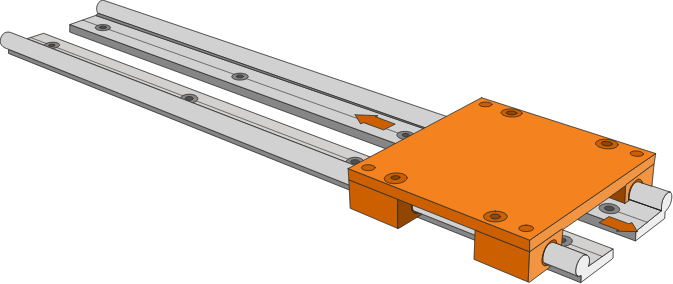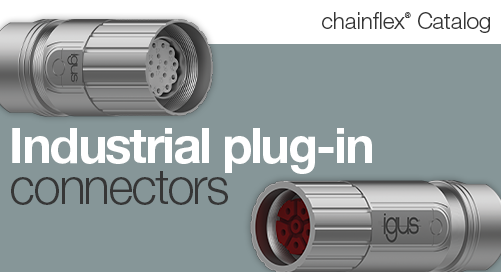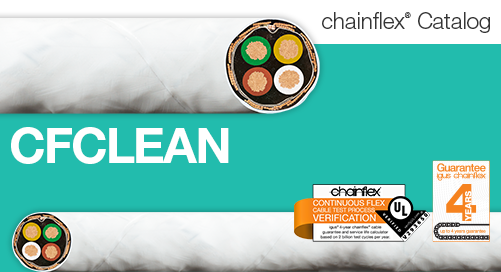How to line up linear rails in 8 easy steps
It's imperative for rails in linear systems to be aligned parallel to one another, as this increases precisions, prevents an increased coefficient of friction, averts wear, and avoids catastrophic failure. By following these eight steps, you can learn how to line up linear rails in your application perfectly and ensure a successful operation.
For step-by-step instructions at a glance, check out our infographic!
Step one
Use the rail closest to the load as your fixed rail. If the load is centered, you can choose either rail to be the fixed rail.

Step two
Tightly screw the fasteners into the fixed rail so that it's held in place.

Step three
Slide two fixed bearings down the fixed rail.

Step four
Place the floating rail parallel to the fixed rail. Then, place the fasteners into the holes of the floating rail, but don't screw them in yet.

Step five
Slide two floating (or self-aligning) bearings down the floating rail and make sure they slide freely.

Step six
Screw the connecting plate on top of all four bearings

Step seven
Slowly start to slide the entire carriage assembly down the rails to ensure there is free movement.

Step eight
As you establish free movement, start to screw in the fasteners of the floating rail. Repeat this step until all the fasteners are tightly screwed in.

The carriage assembly should be able to move freely over the entire length of the rails. If it can't, unscrew the fasteners in the floating rail and remove the connecting plate. Adjust the floating rail in or out to bring the system into alignment. Then, repeat steps six through eight until the carriage assembly can move freely over the rails and the screws are tightly secured.




